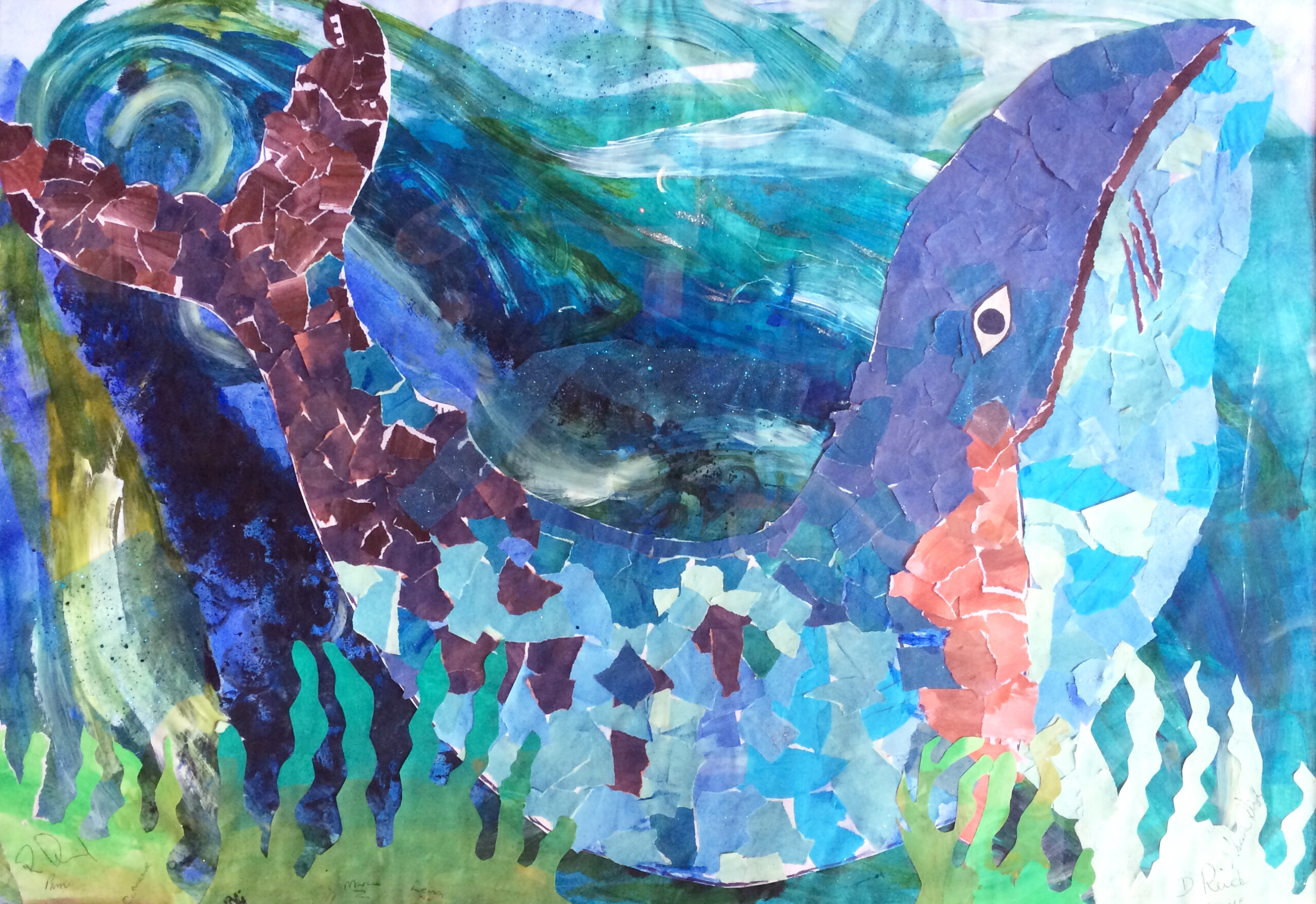What are Reminiscence Arts?

Reminiscence Arts is Age Exchange’s unique approach to working creatively
- The exploration of living memory and shared life experiences through art
- Unlocking the past through storytelling and memory triggers from our archive of historical objects
- Creating bridges between the past, present and future which directly impacts health and wellbeing
We bring to life our stories and experiences, our shared heritage or even the history of our shared spaces. It’s why our work can be a narrative linear or, when we are working with people with memory difficulties, a memory that is recalled by an action.
For example, unlocking the smell of Chanel on your mother’s dressing table, the feel of woollen socks on a cold day, it’s just like riding a bike, something you never forget.
Reminiscence Arts is the practice and exploration of lived experience through the arts
Reminiscence Arts may be narrative, linear, experienced through embodied memory, and as sense memory. When effective it has resonance and value where the focus is to explore past life experience to influence relationships, learning, care and creativity in the present.
At the heart of Reminiscence Arts is the focus on empowering the individual, enabling them to share reminiscence through a range of arts mediums and to interact creatively and positively with others.
Reminiscence Arts has relevance across cultures and generations. It is practiced by professionals from multidisciplinary arts backgrounds to which a focused training in reminiscence, ethics, and activity, enriches their potential to empower older people through triggering connections with lived experience.
It is highly effective in work with vulnerable older people, specifically older people with dementia. In these care and community settings professionals work with a highly person centred and empathetic focus. Reminiscence is explored organically through a wide range of stimuli as the professional reaches to find the trigger that enables the participant to engage, communicate, and create. This may be through encouraging sense memory, smell, touch, taste, or use of music, or most effective where language and formal memory may appear lost – through embodied memory. Looking at how a work movement, home chore, dance, may be reconnected with and enjoyed in the present. In this field of work Reminiscence Arts is highly valued in using a person’s found life history to influence quality of life and well-being in the present.
Reminiscence Arts is used to train care staff, to provide them with relevant skills enabling them to use the life story of residents or patients and provide meaningful activity that is person centred. In this way reminiscence is used not for the sole purpose of reaching into long term memory, but in order to use knowledge of a person’s life history to influence the quality of care they receive on a daily basis.
Watch a short film about what we do, who we are, and how we apply reminiscence arts in everyday life for people living with dementia and the people who care for them.
It’s why the use of Reminiscence Arts is at the cutting edge of dementia support. Our work builds bridges between the past, the present and the future.
Learn about our RADIQL model
Reminiscence Arts is the foundation our pioneering RADIQL™ model.


